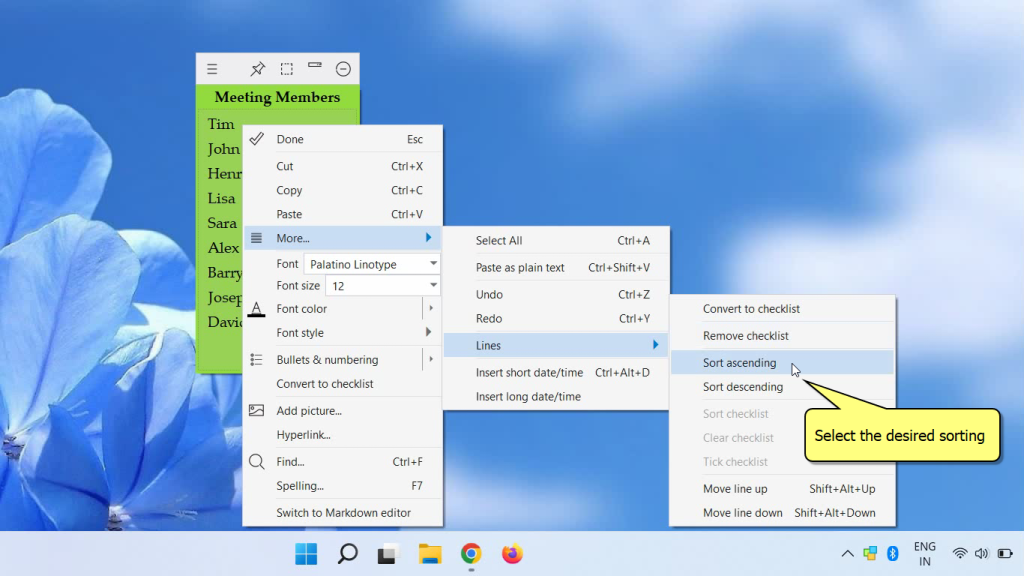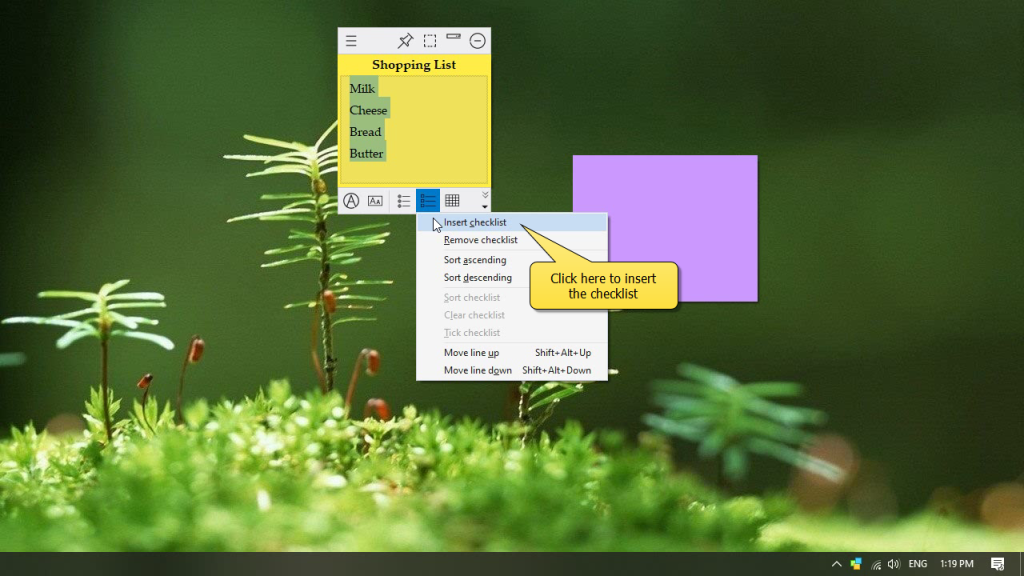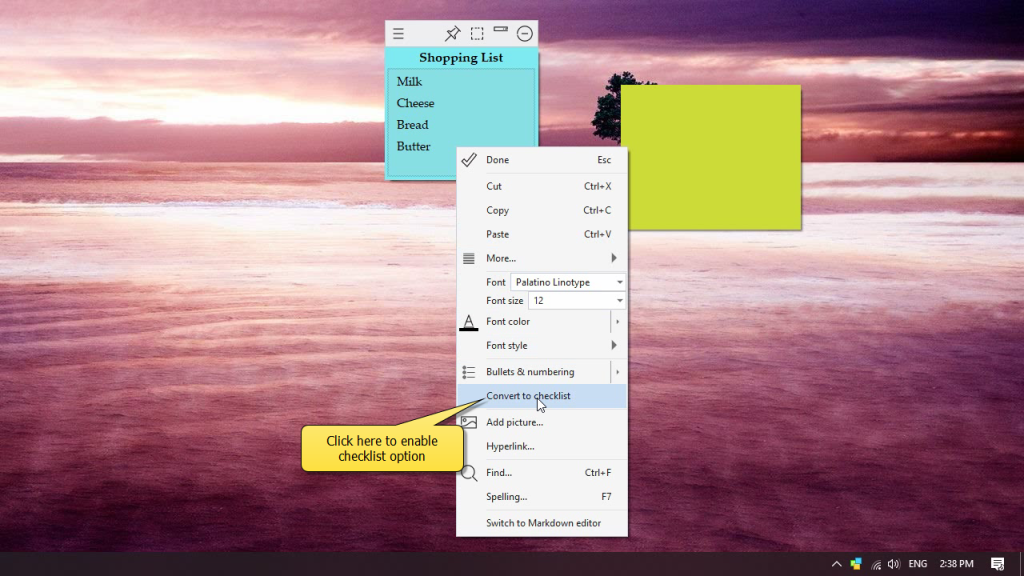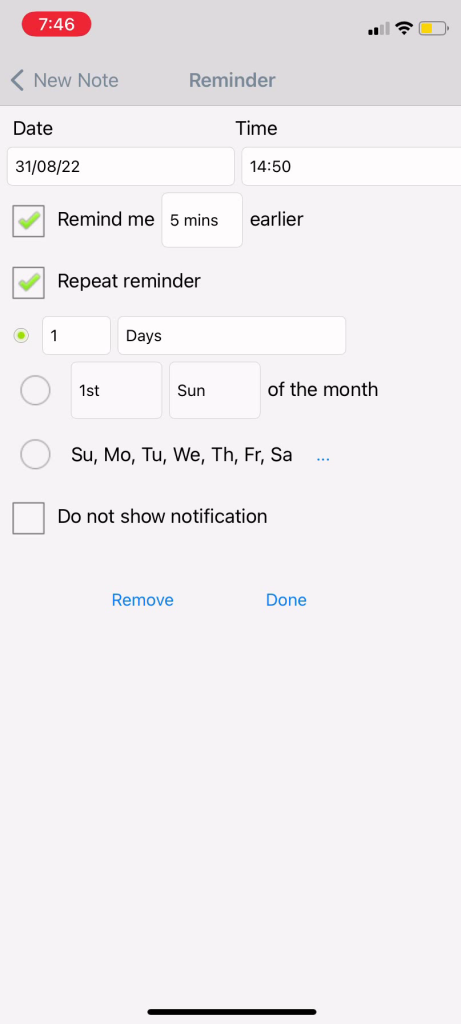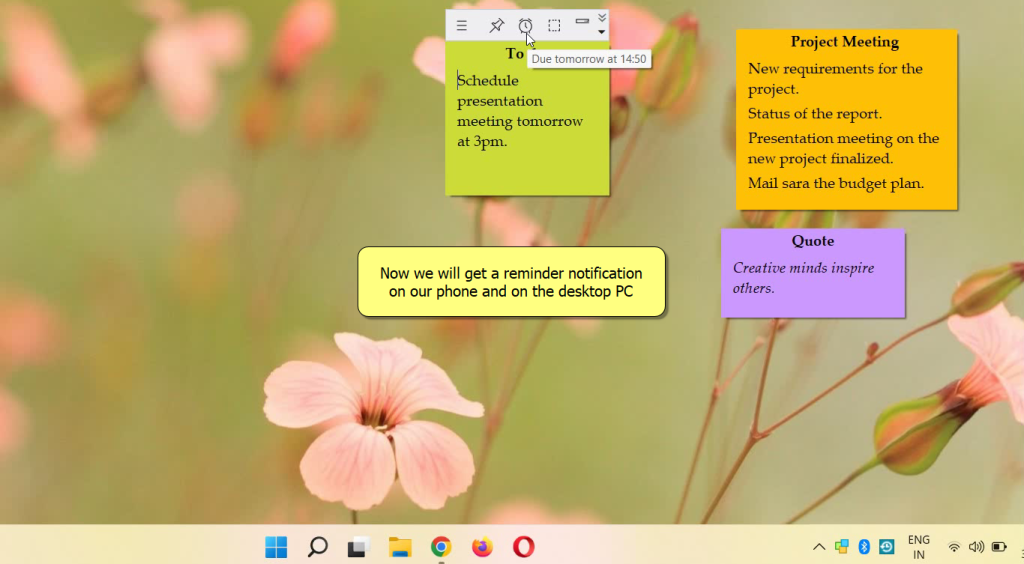Hi Guys! Copywhiz allows you to replace an existing file without changing its name. The name is not taken from the source file. The source file’s name can be anything. The destination file name will remain same. Just the content of the destination file will be replaced.
This is useful when you wish to replace an existing file with another file that you have just downloaded from the Internet but having a different name.
What is Copywhiz?
Copywhiz enhances your file-copy experience by letting you to have more flexibility & control over the file copying and backup process.
Here is how Copywhiz makes file copying a breeze:
- Copy only new or modified files
- Easily pick files by name, extension, folder etc from bunch of folders
- Automatically organize files based on file attributes and metadata
- Copy files to multiple folders/computers
- Copy files from multiple folders and paste them at once
- Sync files between source and destination
- Pick files from multiple folders and compress in single .zip file
- Schedule file backups
- Verify copied files for data integrity
- Retain security attributes of files & folders (ownership/user access)
- Several more hidden nuggets designed to make your file-copy task easier.
Below is a short video for further reference:
Video Transcription:
- As shown in the video, we already have a file.
- And we also have is the new updated file.
- We will now copy the new file and replace the old.
- Select the file into Copywhiz.
- Now, go to the destination, right click and select Copywhiz ‘Paste Special’ option.
- Select the option “Paste as”
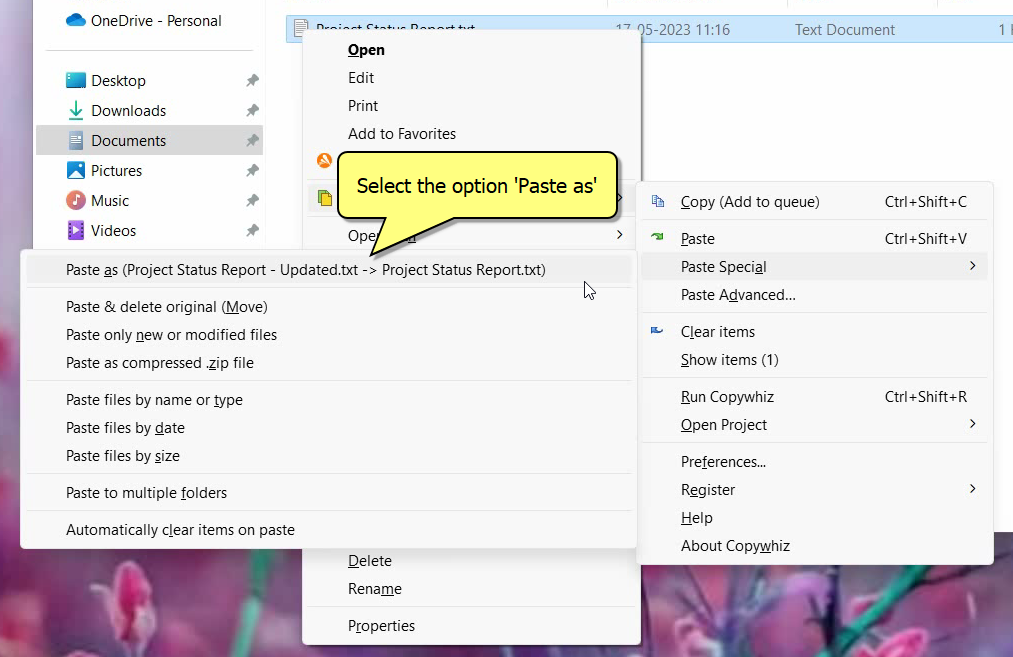
- As we see in the video, the file contents have been updated and the file name remains intact.
Closing comments
This is a really handy feature and very easy to understand and use.
Learn more about Copywhiz. Download the free trial from here.
For short tutorial videos, Check out this page.
Subscribe to our YouTube channel for interesting videos.
Check out our other cool products.
Have a good day!
Thanks :)
